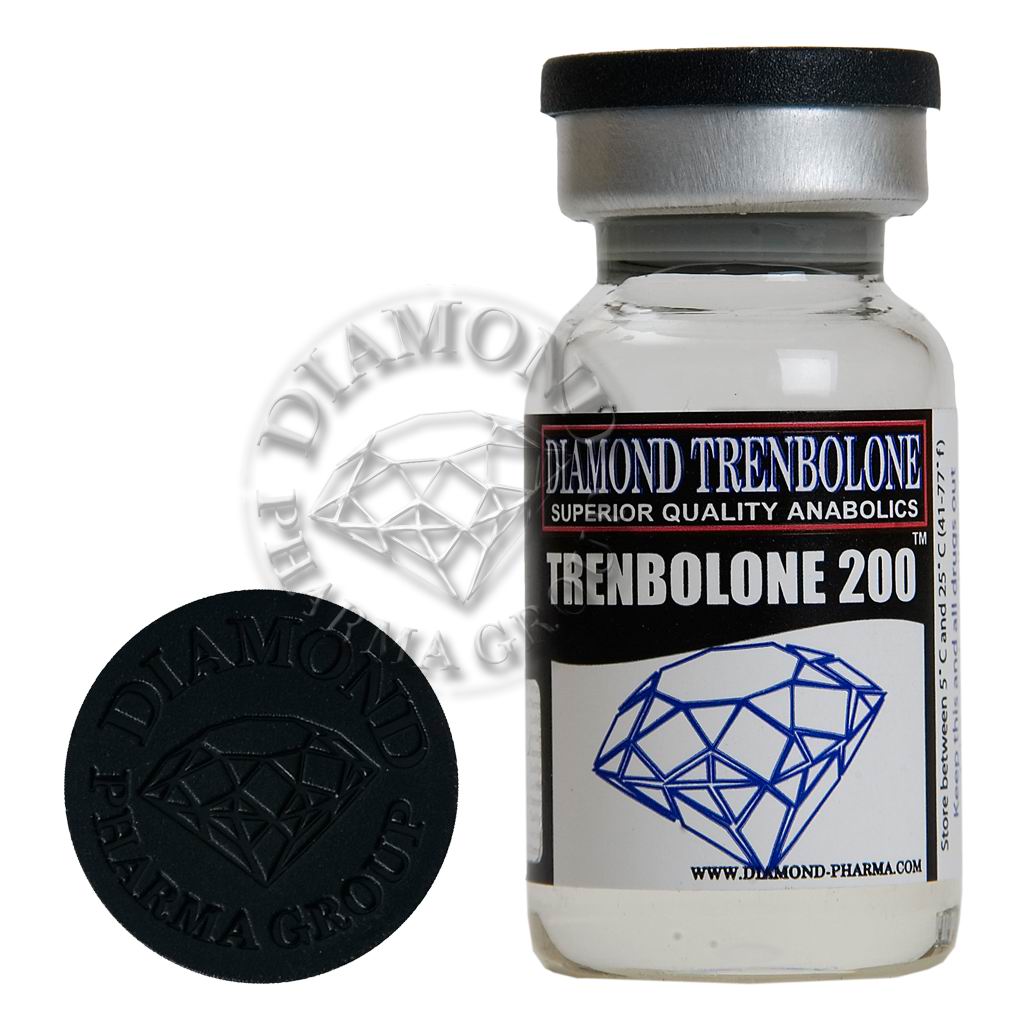They conclude that low-dose trenbolone enanthate treatment has SARM-like effects on muscle/fat body composition. Androgen replacement therapy with low-dose trenbolone could potentially produce anabolic gains comparable to supraphysiological testosterone treatment without the associated side effects. The therapeutic risk-benefit profile of low-dose trenbolone appears superior to supraphysiological testosterone treatment; however, additional research into this treatment option is necessary.
17{beta}-hydroxyestra-4,9,11-trien-3-one (Trenbolo... [Am J Physiol Endocrinol Metab. 2011] - PubMed result
Am J Physiol Endocrinol Metab. 2011 Jan 25. [Epub ahead of print]
17{beta}-hydroxyestra-4,9,11-trien-3-one (Trenbolone) Exhibits Tissue Selective Anabolic Activity: Effects on Muscle, Bone, Adiposity, Hemoglobin, and Prostate.
Yarrow JF, Conover CF, McCoy SC, Lipinska JA, Santillana CA, Hance JM, Cannady DF, Vanpelt TD, Sanchez J, Conrad BP, Pingel JE, Wronski TJ, Borst SE.
1VA Medical Center.
Abstract
Selective androgen receptor modulators (SARMs) now under development can protect against muscle and bone loss, without causing prostate growth or polycythemia. 17?-hydroxyestra-4,9,11-trien-3-one (trenbolone), a potent testosterone analogue, may have SARM-like actions because, unlike testosterone, trenbolone does not undergo tissue-specific 5? reduction to form more potent androgens. We tested the hypothesis that trenbolone-enanthate (TREN) might prevent orchiectomy-induced losses in muscle and bone and visceral fat accumulation, without increasing prostate mass or resulting in adverse hemoglobin elevations. Male F344 rats aged three months underwent orchiectomy or remained intact and were administered graded doses of TREN, supraphysiologic testosterone-enanthate, or vehicle for 29 days. In both intact and orchiectomized animals, all TREN doses and supraphysiologic testosterone-enanthate augmented androgen-sensitive levator ani/bulbocavernosus muscle mass by 35-40% above Shams (p?0.001), and produced a dose-dependent partial protection against orchiectomy-induced total and trabecular bone mineral density losses (p<0.05) and visceral fat accumulation (p<0.05). The lowest doses of TREN successfully maintained prostate mass and hemoglobin concentrations at Sham levels in both intact and orchiectomized animals; whereas supraphysiologic testosterone-enanthate and high-dose TREN elevated prostate mass by 84% and 68%, respectively (p<0.01). In summary, low dose administration of the non-5? reducible androgen TREN maintains prostate mass and hemoglobin concentrations near the level of Shams, while producing potent myotrophic actions in skeletal muscle and partial protection against orchiectomy-induced bone loss and visceral fat accumulation.
Our findings indicate that TREN has advantages over supraphysiologic testosterone and supports the need for future pre-clinical studies examining the viability of TREN as an option for androgen replacement therapy.
 thinksteroids.com
thinksteroids.com

 thinksteroids.com
thinksteroids.com

